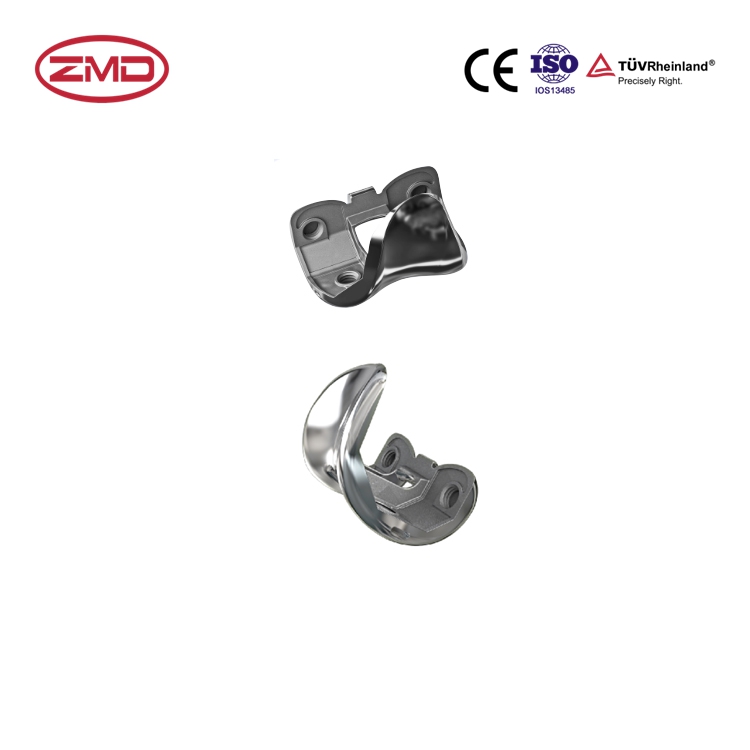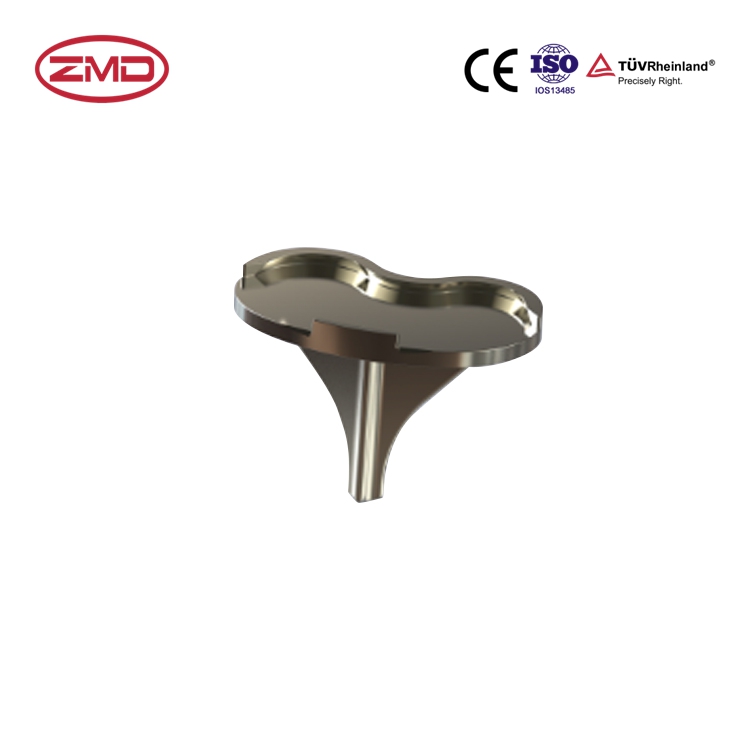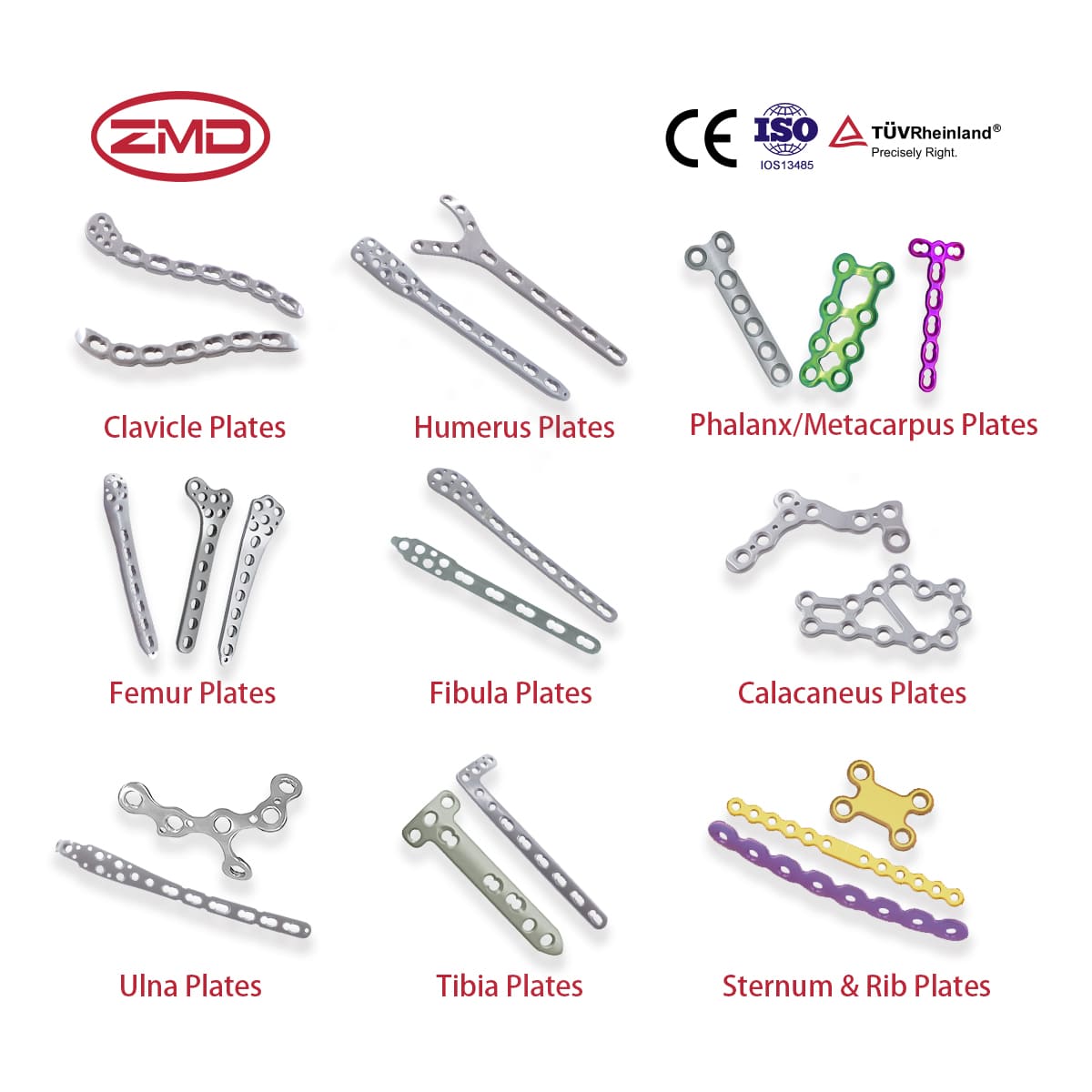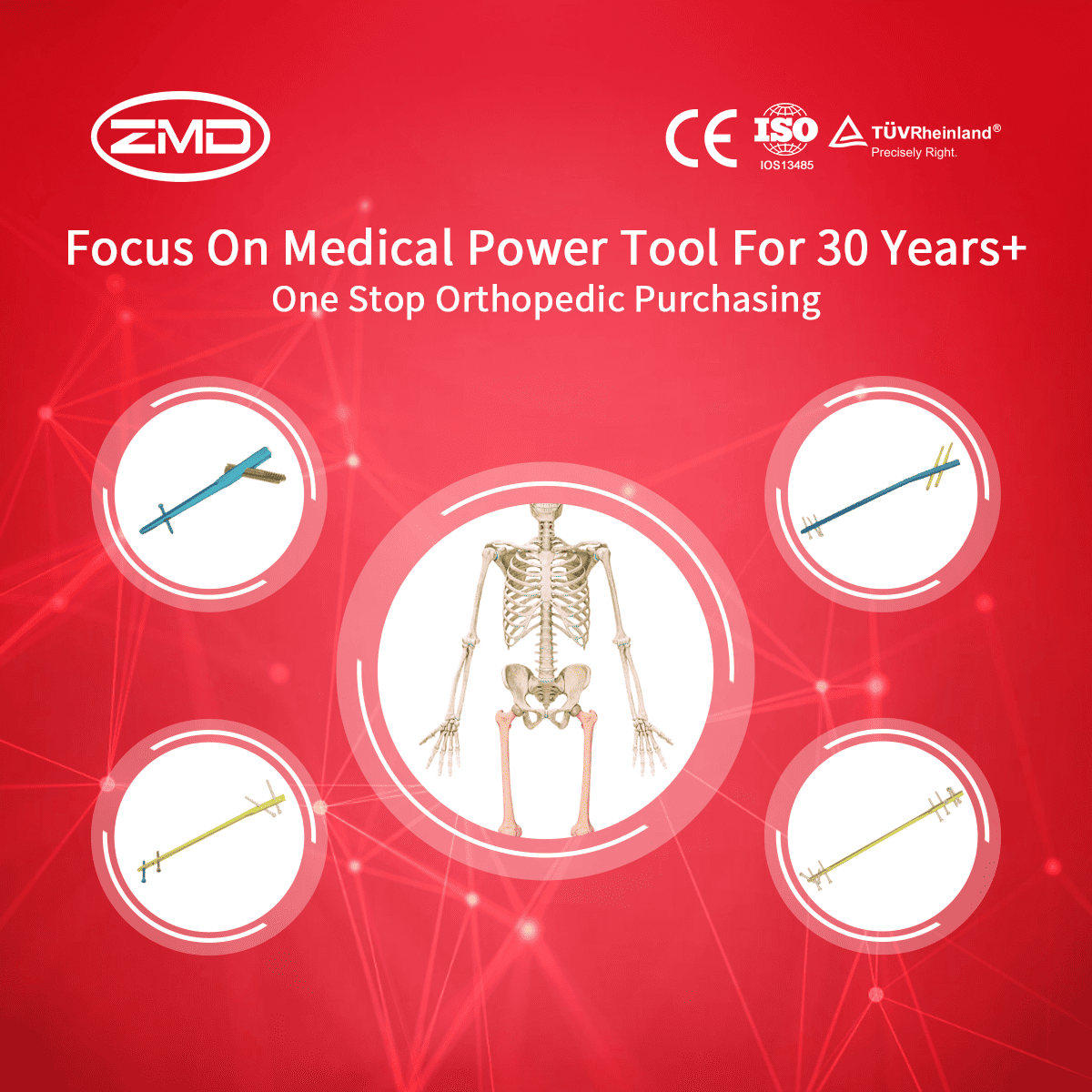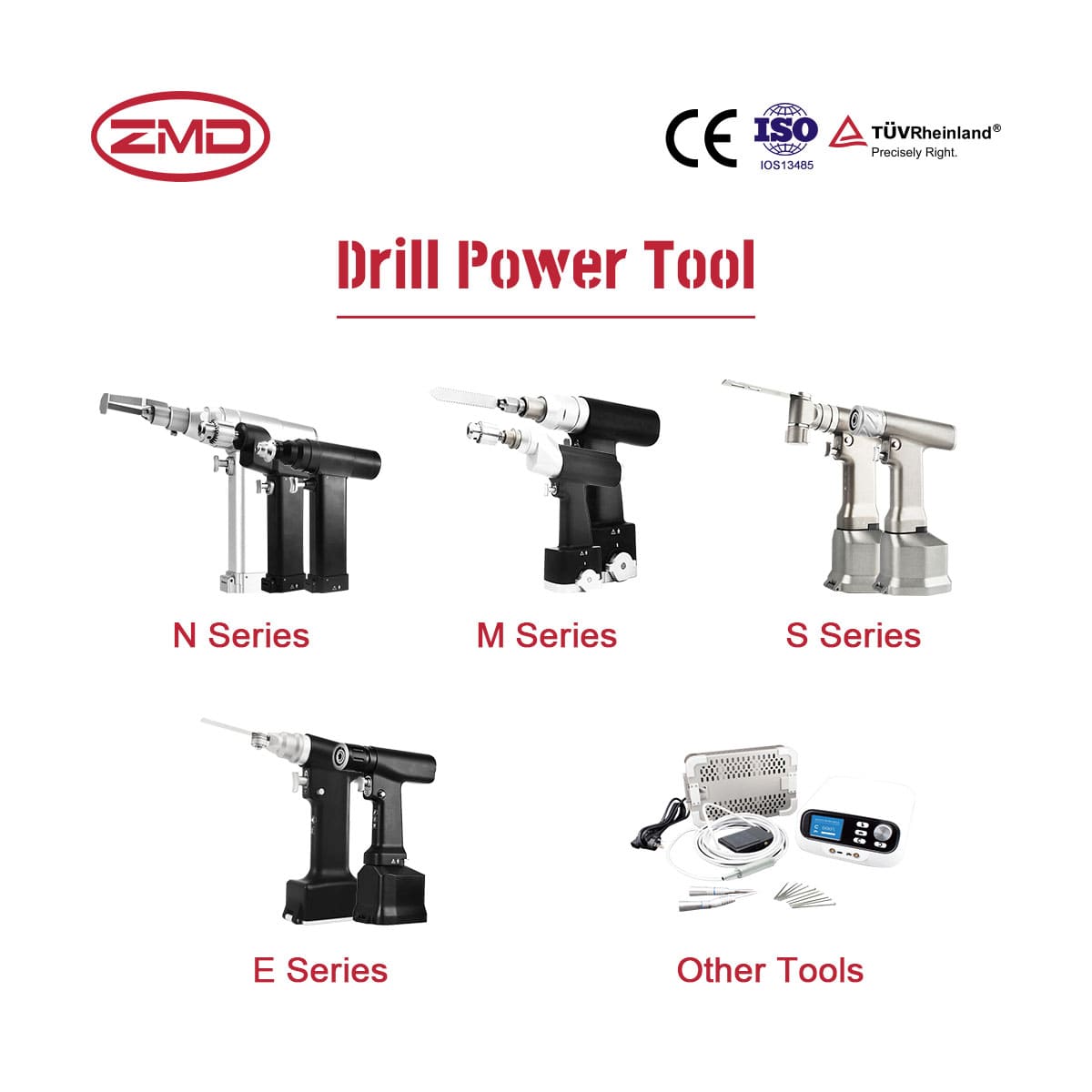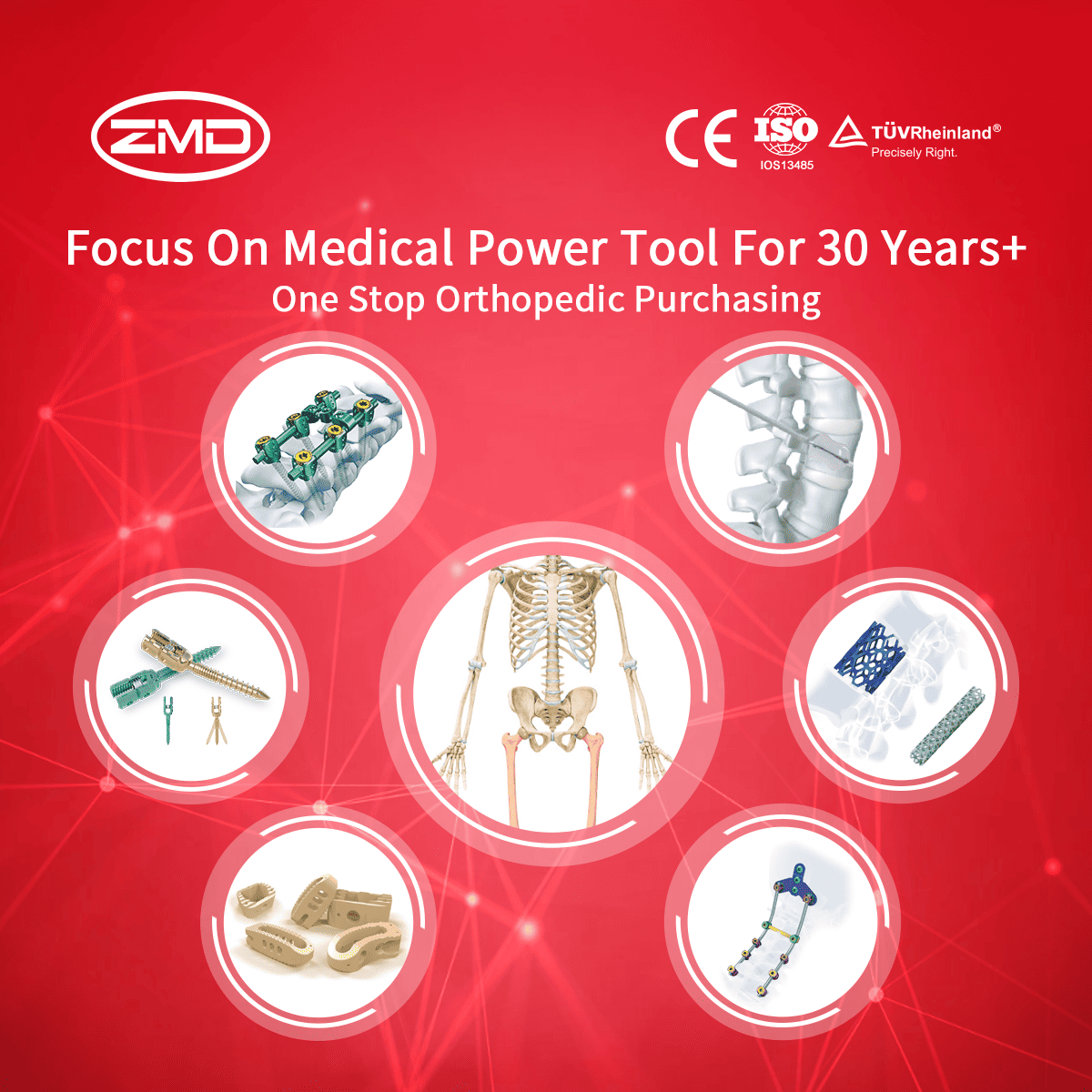Knee System
ZMD
Orthopedic Products
Haven't been able to locate the product you're searching for yet?
If you're interested in more orthopaedic implant products, feel free to get in touch with our ZMD consultants.
What are Knee Systems?
The femoral component is a key part of the knee replacement system. It is designed to mimic the shape and function of the distal end of the femur (thighbone). Made usually of a metal alloy such as cobalt – chromium, it has a smooth, curved surface that articulates with other components of the knee replacement. The shape and contour of the femoral component are carefully engineered to match the natural biomechanics of the knee joint. This allows for smooth flexion and extension of the knee during movement
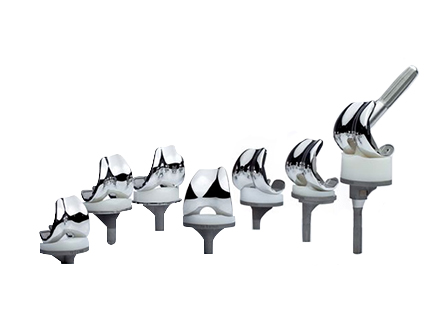

When are Knee Systems Needed?
Osteoarthritis is the most common reason for knee replacement. It is a degenerative joint disease that causes the gradual breakdown of the knee’s cartilage. As the cartilage wears away, the bones in the knee joint start to rub against each other. This leads to pain, swelling, and a reduction in the joint’s range of motion. In advanced stages, the pain can be severe and constant, even at rest. Simple activities like walking short distances, climbing stairs, or getting up from a chair become extremely difficult. The knee may also become visibly deformed as the disease progresses. For example, a patient might notice a bow – legged or knock – kneed appearance. When conservative treatments can no longer manage these symptoms effectively, knee replacement surgery becomes a viable option.
Advanced Osteoarthritis
Rheumatoid Arthritis
Post-traumatic Arthritis
Avascular Necrosis
Blog
International Women’s Day: Salute to the “She – Power” at ZMD
International Women’s Day: Salute to the “She – Power” at ZMD Amid the trends of “Intelligent Medical Devices” and “Minimally Invasive Medical Technologies”, ZMD thrives
Discover Innovation with Sunan Medical at AAOS
Discover Innovation with Sunan Medical at AAOS The American Academy of Orthopaedic Surgeons (AAOS) Annual Meeting is the premier event for orthopedic professionals worldwide, offering
Visit Us at Expomed Eurasia 2025: Discover Sunan Medical’s Innovations
Visit Us at Expomed Eurasia 2025: Discover Sunan Medical’s Innovations The 32nd Expomed Eurasia, taking place from April 24-26, 2025, at the Tüyap Exhibition and





